The Black Sea has become one of the flashpoints since the Russia-Ukraine conflict broke out. The area has witnessed naval blockades, amphibious landings, drone operations, and even close encounters between Russian and US forces.
On December 25, the Russian Ministry of Defense released a video recording the activities of the Beriev Be-12 anti-submarine aircraft and the Kamov Ka-29 combat helicopter in the Black Sea.
Russian Be-12 anti-submarine aircraft and Ka-29 helicopters patrol the Black Sea (Source: Sputnik).
The video shows the planes practicing artillery and bombing small, high-speed targets at sea. Such training has become important over the past 22 months amid the ever-present threat of Ukrainian attacks on Russian warships, naval bases and coastal defenses in Crimea, Kherson and Novorossiysk.
The Black Sea Fleet is stationed in Sevastopol, Crimea and is believed to be an important force in Russia's campaign of attacks on targets across Ukraine. In recent times, Ukraine has repeatedly carried out attacks on Russian targets in the Black Sea in an attempt to weaken Russia's defenses in Crimea, isolating the peninsula from Moscow's forces participating in the military campaign in Ukraine.
The activities of the Black Sea Fleet, Naval Aviation, air defense and coastal forces of Russia have proved to be of particular importance in protecting the 2,500km-long Crimean coastline from enemy infiltration.
These forces, along with military units in Kherson and Donetsk, have proven crucial in preventing Ukraine from achieving its counteroffensive objectives, cutting off the land corridor connecting the Crimean peninsula and mainland Russia, and regaining control of the peninsula.

Black Sea location (Photo: Aljazeera).
In addition to the Ukrainian army, the Russian navy and air force must also defend the Black Sea coast and airspace from the forces of the United States and its NATO allies.
Russia's efforts are aimed at avoiding a repeat of incidents like those in March 2023, when a Russian Sukhoi Su-27 fighter jet intercepted a US Air Force MQ-9 Reaper unmanned aerial vehicle (UAV) probing Russian defenses in the Black Sea, causing the US UAV to crash into the sea.
The incident prompted the US and NATO to suspend drone surveillance operations over the Black Sea. In August 2023, Russia scrambled fighter jets to intercept another MQ-9 UAV and a Turkish-made TB2 Bayraktar as they attempted to conduct aerial reconnaissance near Crimea.
According to Sputnik analyst Ilya Tsukanov, for such an important strategic area as the Black Sea, Russia's defense system is deployed multifaceted and multilayered.
Air force

A Russian Black Sea Fleet Su-30 fighter escorts a US Navy Boeing P-8 Poseidon aircraft over the Black Sea in 2021 (Photo: Russian Defense Ministry).
In addition to the Be-12 anti-submarine aircraft and Ka-29 helicopters of the Black Sea Fleet's Naval Aviation, air assets stationed in Crimea and Krasnodar Krai are tasked with strictly protecting the Black Sea from air and sea threats.
The force is equipped with Sukhoi Su-30 fighters and Sukhoi Su-24 tactical bombers/interceptors, Mil Mi-8 and Mil Mi-14 multi-purpose helicopters, Antonov An-12 and An-26 transport aircraft, Orlan, Forpost and Granat-4 unmanned aerial vehicles (launched from the coast or on warships of the Black Sea Fleet).
In addition, Russia also deployed Aerospace Forces aircraft from the Southern Military District stationed at air bases in Rostov, Stavropol and Krasnodar to deal with air threats such as the Su-27 encounter with the MQ-9 in March.
Russian Aerospace Forces fighters are sometimes deployed to the Black Sea to carry out strategic missions.
In mid-October, Russian President Vladimir Putin announced that Aerospace Forces MiG-31K aircraft equipped with Kinzhal hypersonic missiles would participate in regular patrols over neutral waters of the Black Sea amid the deteriorating security situation in the Mediterranean.
Coastal Defense Force

Bal coastal defense missile system (Photo: Sputnik).
No less important force in protecting the Black Sea coast from enemy penetrations was the coastal defense forces of the Black Sea Fleet, including the 22nd Army Corps.
Along with anti-ship and anti-aircraft missile systems designed to take out enemy forces at long range, the coastal defense force formations are equipped with mechanized infantry, tanks, anti-tank missiles and artillery, heavy engineering and transport vehicles, with the mission of direct combat if the worst-case scenario occurs and enemy forces are able to successfully land.
The long-range anti-aircraft and anti-ship weapons of the Russian coastal defense forces are tasked with preventing attacks and defeating enemy forces before they reach the shore. The coastal defense forces' weapons include the Bal coastal defense system equipped with subsonic anti-ship cruise missiles Kh-35, the Bastion coastal defense system, which launches supersonic anti-ship missiles P-800 Oniks.
The Bal system's 145kg warhead has a range of up to 300km, while the Bastion system's Oniks missile is equipped with a 300kg warhead, and has a range of up to 800km, enough to strike targets at any point in the Black Sea.
Iskander tactical missile systems with a range of 500km were delivered to Crimea in 2014. Similar to the Bastion system for naval targets, the Iskander has range characteristics that help control the Black Sea against enemy coastal defense systems and other fixed systems.
Other important assets include the older Rubezh coastal missile system, equipped with a 513kg warhead of the P-15M missile and with a range of 8-80km.
The coastal defense forces are also equipped with conventional artillery, including Grad, Tornado-G, Uragan and Smerch multiple launch rocket systems, and self-propelled vehicles including Gvozdika, Akatsiya, Msta-S and Nona-S. Although designed to engage ground targets, these systems can also be used against maritime targets in an emergency.

Monolit-B system on the streets of Novorossiysk during the Victory Day parade in 2023 (Photo: Sputnik).
In terms of air defense, the Black Sea Fleet's coastal defense forces have the S-300 and S-400 long-range missile defense systems, the Tor-M2 all-weather medium-range missile systems, and Pantsir and Shilka anti-aircraft guns for closer engagements.
In addition to the independent radar capabilities of the above weapons, the "eyes and ears" of the coastal defense force also include Monolit-B, a mobile coastal radio reconnaissance complex capable of detecting and tracking both sea and air targets at long range. Monolit-B is tasked with approaching enemy forces using both active and passive radar channels, and transmitting information about anything it detects to nearby air defense and anti-ship systems.
The system's active radar can detect surface targets at a distance of 35-250km, while the passive radar can lock onto targets at a distance of up to 450km. The system can track 30-50 targets at the same time.
Naval warship force

Patrol ship Admiral Makarov (Photo: Sputnik).
The last but not least layer in the Russian military's defense network in the Black Sea are the ships of the Black Sea Fleet.
The force includes patrol boats, destroyers and corvettes of the Burevestnik and Steregushchy classes, small but powerful Buyan missile boats armed with Kalibr and Oniks missiles, Orlan-10 drones, Albatross anti-submarine warfare corvettes, Akvamarin and Alexandrit class minesweepers (six in total), Meridian, Yuri Ivanov and Project 861M class intelligence gathering ships, and support vessels ranging from tugs to tankers. In addition, the force also includes the Grachonok anti-commando ship and the Raptor missile patrol boat.
Northwestern University political science professor William Reno said Russia's Kalibr missile is designed for naval combat and can accelerate to supersonic speeds when approaching its target.
"This is expected to make it more difficult for Ukrainian air defense forces to detect threats in time, although some Kalibr missiles aimed at Ukraine have been intercepted," he said.
In addition, the Russian force is equipped with larger Admiral Grigorovich destroyers. The Black Sea Fleet has three of these ships, of which the Admiral Makarov took over as the fleet flagship after Russia lost the Moskva missile cruiser last year.
These large warships are equipped with Kalibr, Oniks or Zircon cruise missiles and Shtil-1 (ship-based missile system equivalent to the Buk missile system).
Meanwhile, the Varshavyanka attack submarines (seven in the Black Sea belonging to the 4th Independent Submarine Brigade) still silently carry out reconnaissance operations at sea, sometimes following the enemy's special forces and strike groups, ready to attack immediately when ordered.
Compared to nuclear submarines, non-nuclear submarines like the Varshavyanka-class also have their own strengths in combat. Diesel-electric boats have the biggest advantage of being smaller in size, cheaper to build, requiring a smaller crew, making them perfect "deep-sea hunters".
Additionally, the Varshavyanka boats can "turn off almost all systems and lie dormant on the seabed, making it very difficult to track under the ocean floor."
Due to their small size, these submarines can operate in shallow water, get closer to shore, support diving team missions or lay mines in narrow channels.
“Tactically, they need warships in that area in case Ukraine pushes ahead with its efforts to retake Crimea,” explained Guy McCardle, editor of the military magazine Special Operations Forces Report (SOFREP).
According to the US-based Institute for the Study of War (ISW), Ukraine's offensive campaign against Russian weapons and military equipment in Crimea has weakened the Black Sea Fleet, but has not been able to defeat this force.
ISW believes that the Russian Black Sea Fleet still possesses a series of weapons that can attack Ukrainian targets in the next phase of the conflict and this is still a powerful force.
According to ISW, the Black Sea Fleet may sound like a collection of naval weapons, but it is actually a much larger formation, combining many types of military equipment such as surface-to-surface missile complexes, coastal missiles, air defense shields and even marines.
According to Sputnik, BI, Newsweek, Forbes
Source


![[Photo] Parade to celebrate the 50th anniversary of Laos' National Day](/_next/image?url=https%3A%2F%2Fvphoto.vietnam.vn%2Fthumb%2F1200x675%2Fvietnam%2Fresource%2FIMAGE%2F2025%2F12%2F02%2F1764691918289_ndo_br_0-jpg.webp&w=3840&q=75)




![[Photo] Worshiping the Tuyet Son statue - a nearly 400-year-old treasure at Keo Pagoda](/_next/image?url=https%3A%2F%2Fvphoto.vietnam.vn%2Fthumb%2F1200x675%2Fvietnam%2Fresource%2FIMAGE%2F2025%2F12%2F02%2F1764679323086_ndo_br_tempimageomw0hi-4884-jpg.webp&w=3840&q=75)
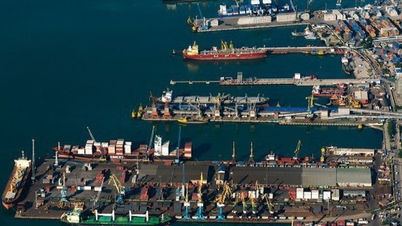

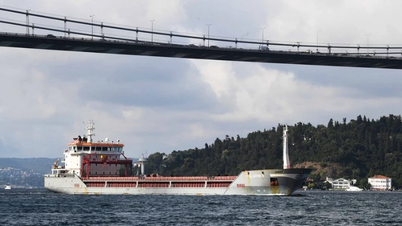







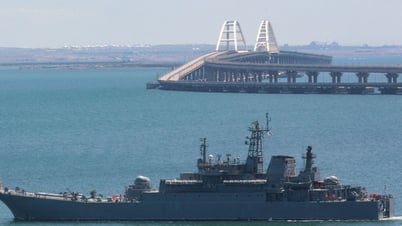














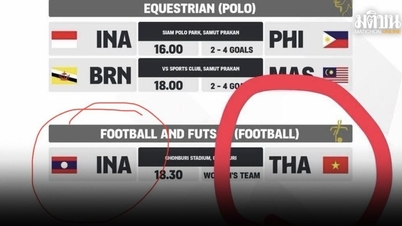
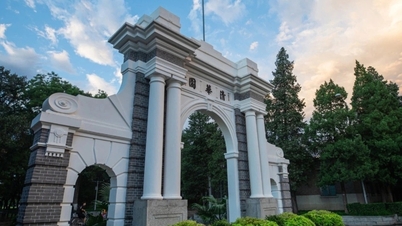




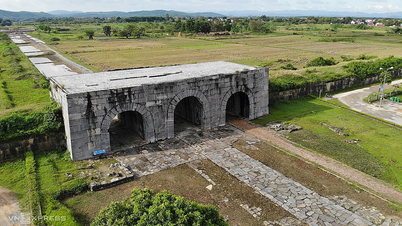























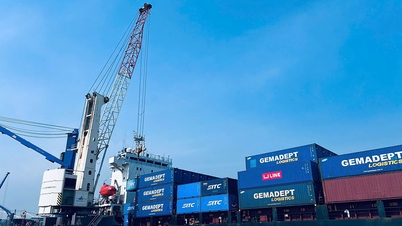

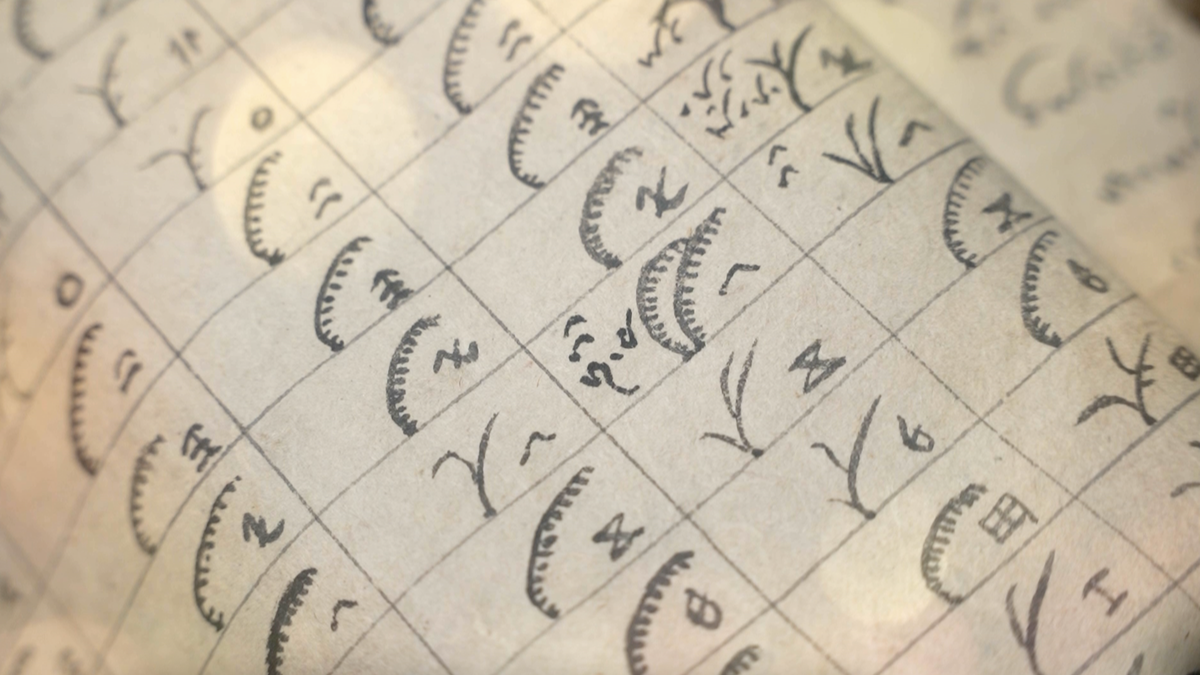









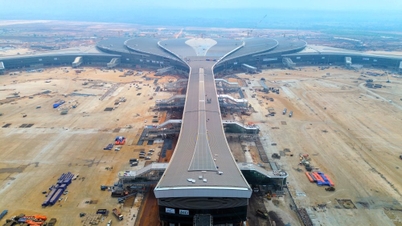


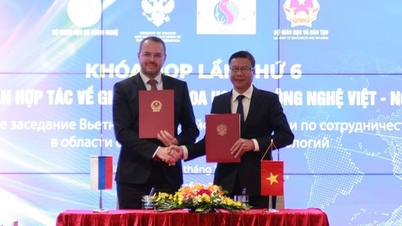
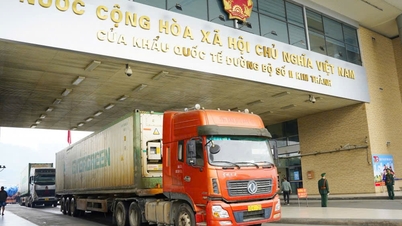

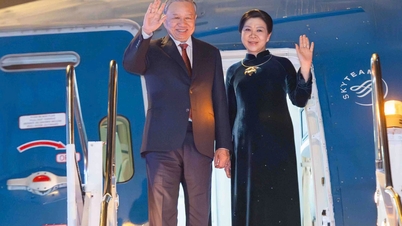





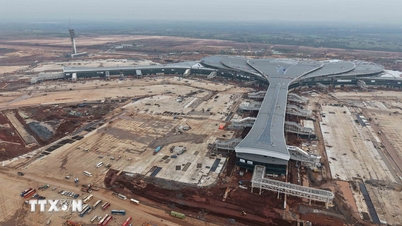



















Comment (0)